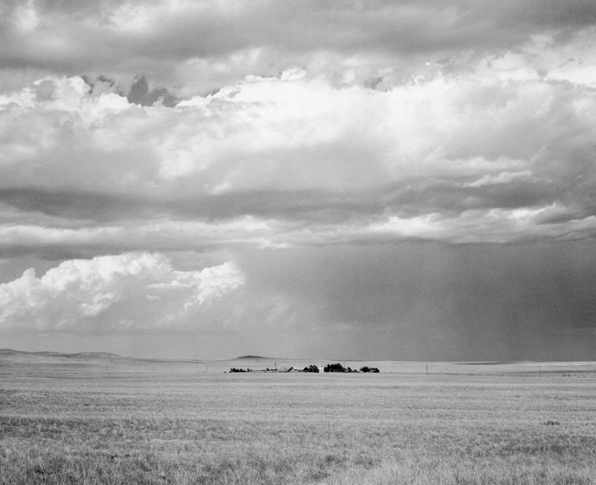One of the sure-fire ways of designing a cool looking building in graduate school was to be infected with the Hyper-Attenuated Building Syndrome (HABS). Any project can be made absurdly long and skinny and by violating any notion of “pleasant” golden-section-type proportions, it instantly propels a project from everyday to extraordinary. Mind you, this was simply grad school students messing around. However, the Hyper-Attenuated Building Syndrome is no laughing matter:
Japanese architects are particularly susceptible to HABS but it was not uncommon in nineteenth century Europe:
The most marked sympton is a building exceeding a 10:1 length or height to width ratio.
In increasingly dense cities, every little sliver of available space is ripe for potential building. These skinny buildings have room proportions that are a far cry from the typical American suburban house (14' wide rooms with 8' tall ceilings) or even Palladian villas (room ceiling heights equal room widths). Rather, the HABS spaces are taller than wide - maybe more appropriate for a standing population, on the go. Maybe not so good for an overweight generation.
I am currently working on a project with an available building envelope of 20' wide by 127' long on the main level and an incredible 9' wide by 127' long on the upper level. These long, skinny spaces inevitably conjure up vaguely militaristic architectural terms like the shotgun house or enfilade. Or maybe a bowling alley or a house for an archer.













